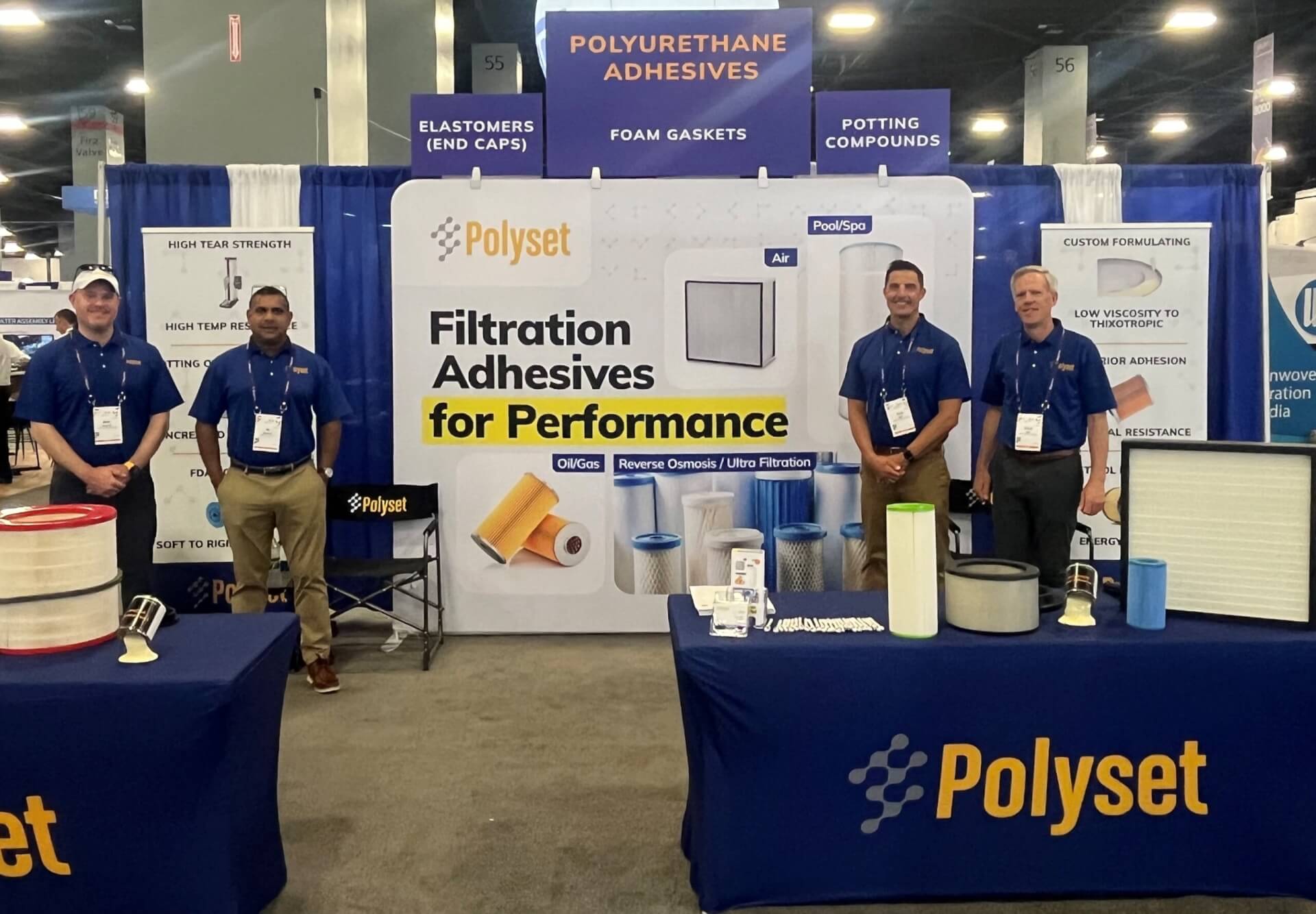
Meet Us at AIA25
We will be exhibiting at AIA Conference on Architecture & Design 2025 in Boston, June 5-6! Come visit with our team at Booth #1106 to learn more about our protective...
Read MorePolyset’s Protective Coatings provide high-performance solutions for a wide-range of industries that include marine, energy and commercial and industrial flooring.
Our WB HRZS® is the previously NASA-patented coating technology IC 531. Polyset is the original, commercial manufacturer of the 100% WaterBorne, High Ratio Zinc Silicate. WB HRZS® chemically bonds to steel to provide excellent corrosion protection (both galvanic and cathodic), has high heat and abrasion resistance, is completely self-curing and emits 0 VOCs.
Our Ply-Guard line of high performance resinous floor coatings offer superior resistance to chemical spills, mechanical wear, and extensive foot and vehicle traffic in a wide variety of commercial and industrial settings including manufacturing facilities, garage floors, grow facilities, commercial kitchens, hazardous industries, and warehouses.

We will be exhibiting at AIA Conference on Architecture & Design 2025 in Boston, June 5-6! Come visit with our team at Booth #1106 to learn more about our protective...
Read More
Our Filtration Adhesives team wrapped up a successful FiltXPO 2025 at the Miami Beach Convention Center last week. The three day event was well attended by many of our current...
Read More
Polyset is now certified as a Disadvantaged Business Enterprise (DBE) by the state of Nevada, bringing the total number of certified states to three. Late last year, Polyset became DBE...
Read More